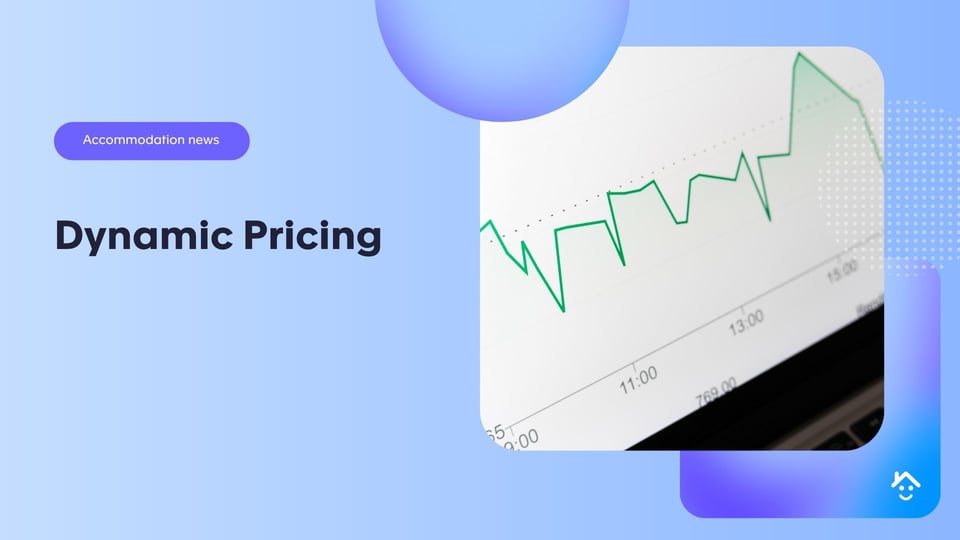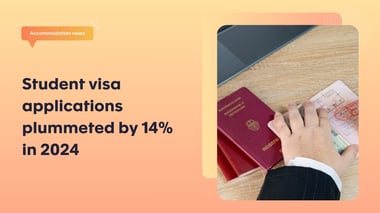Dynamic Pricing
Strong market conditions in several student cities have resulted in strong occupancy rates in those places with high demand. Unite Students recently announced they were at 83% occupancy rates across their portfolio - well ahead of the previous year.
Strong performing cities
There are some university towns where there is a supply and demand imbalance, which has resulted in students booking their accommodation earlier than in previous years. This trend has been amplified by (often unhelpful) media coverage which has encouraged students in other cities to ‘go early’ on their booking when they did not need to. At the other end of the scale some cities, like Coventry still have a substantial number of rooms available.
A missed opportunity?
While many PBSA operators see the early occupancy rates as a positive, there are questions as to whether these bookings have been optimised. The majority of the International Student market and particularly China, is renowned for converting later in the cycle from mid-August onward.
International students are valuable to the UK economy and the Chinese market in particular has a higher budget than the average domestic student. The question is whether revenue has been sacrificed in return for the security of early bookings. .
Dynamic Pricing
Some operators now use dynamic pricing as part of a revenue management strategy, where prices are flexible and adjust based on current demand and also forecast demand - keeping in mind the later market for international students. This is part of a longer-term trend in the PBSA sector to adopt some of the common pricing strategies of the hospitality sector.
2023/24
The trends that have shaped the 2022/2023 letting season are likely to endure;



